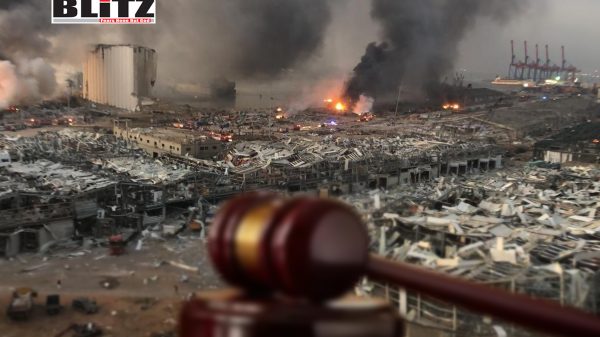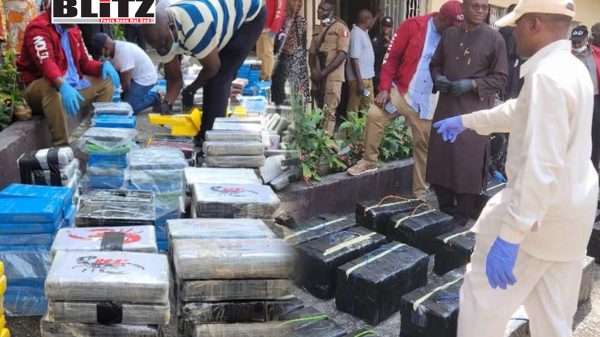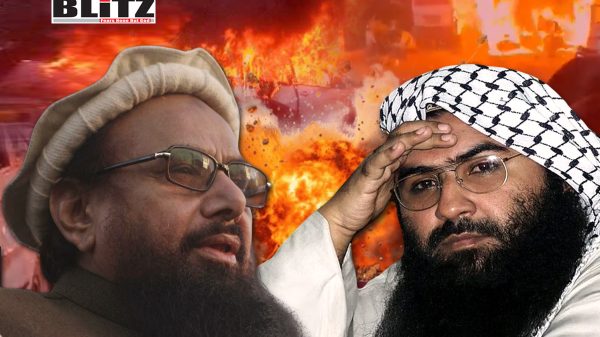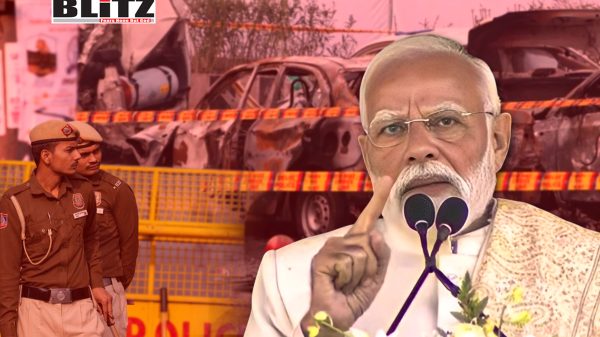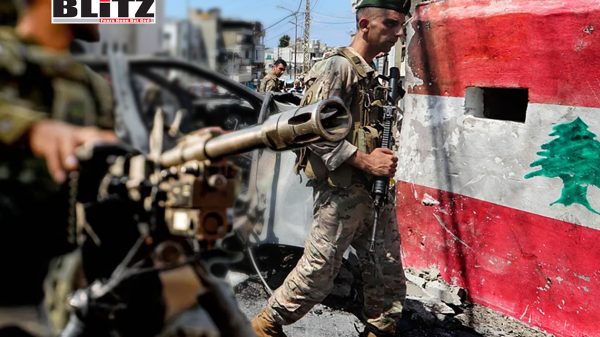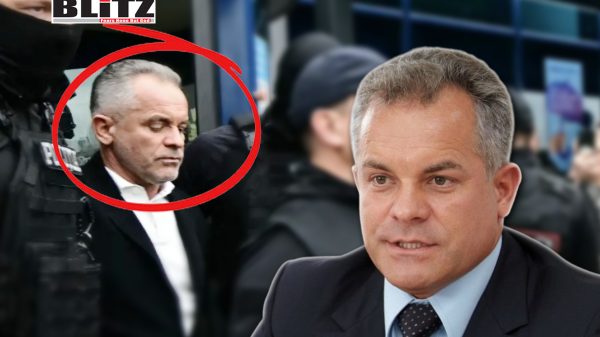White-collar terror network unmasked: Inside the chilling Red Fort blast investigation
- Update Time : Thursday, November 13, 2025
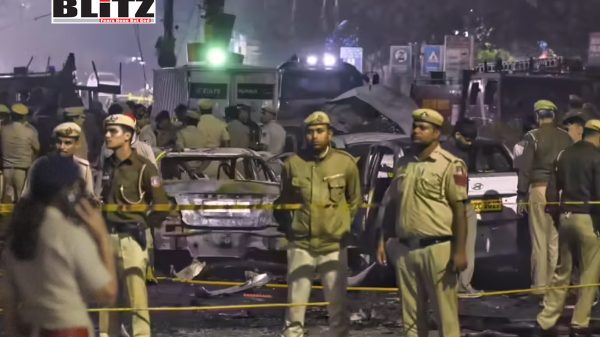
The explosion near Delhi’s Red Fort Metro Station on November 10, 2025, has evolved into one of India’s most unsettling terror investigations in recent years. What initially appeared to be a random act of violence – a car explosion that killed 12 people and injured at least 24 others – has now been exposed as part of a broader, meticulously organized terror conspiracy. Investigators say it was executed by an educated, Pakistan-backed network that merged ideology with intellect, turning professional expertise into a deadly weapon.
Prime Minister Narendra Modi visited survivors at Lok Nayak Jai Prakash (LNJP) Hospital on November 12 and vowed that the attackers “will be brought to justice.” The National Investigation Agency (NIA) has since taken control of the probe, working alongside Delhi, Haryana, and Jammu and Kashmir Police to map an inter-state terror web stretching across northern India.
What sets this case apart is its disturbing sophistication. Unlike conventional terror outfits that rely on radicalized youth or foot soldiers, the Red Fort module appears to have been composed of highly educated professionals – doctors, academics, and skilled individuals who used their social credibility to mask extremist activities. The investigation’s revelations expose how radical ideologies have seeped into unlikely circles, using white-collar respectability as a cover for subversive operations.
A recce that turned deadly
Investigators first stumbled upon the Red Fort connection while analyzing data from two medical professionals – Dr. Muzammil Ganaie and Dr. Umar Nabi – both previously arrested as part of a “white-collar terror module” under investigation in northern India. Forensic analysis of their phones revealed repeated visits to the Red Fort area in January 2025, including photos, navigation logs, and encrypted chats referring to “target zones” and “crowd timings.”
Authorities believe the men conducted detailed reconnaissance with an intent to launch an attack on Republic Day 2026, but later pivoted toward targeting Diwali festivities, when tourist and local crowds near the Red Fort would be at their peak. However, the premature explosion on November 10 – likely accidental – upended their plans.
“Digital footprints recovered from the devices show deliberate surveillance of security checkpoints, entry routes, and CCTV blind spots,” said a senior Delhi Police officer familiar with the case. “This was not random; it was coordinated and calculated.”
Al-Falah University under scrutiny
The investigation quickly expanded to Al-Falah University in Faridabad, Haryana, which has emerged as a crucial focal point. Three doctors linked to the institution, including Dr. Ganaie, were detained for suspected participation in the terror network. Investigators are probing whether the university campus served as a covert operational base for indoctrination, recruitment, or logistics connected to Jaish-e-Mohammed (JeM) and Ansar Ghazwat-ul-Hind, both of which maintain ties to Pakistan-based handlers.
Although Al-Falah University’s Vice-Chancellor, Dr. Bhupinder Kaur, has firmly denied institutional involvement, claiming that “the individuals acted independently and without the university’s knowledge,” forensic teams have uncovered encrypted communications and suspicious financial transfers that suggest the possibility of underground coordination.
Sources within the NIA describe the discovery as “deeply concerning,” pointing to an emerging trend in which terror organizations infiltrate professional environments – hospitals, universities, and NGOs – to access resources, data, and influence while staying under the radar of law enforcement.
The Vehicles and the false leads
A significant development came when Faridabad Police located a red Ford EcoSport (registration DL 10 CK 0458) linked to Dr. Umar Nabi. The vehicle was found abandoned near Khandawali village and is believed to have been used either to transport explosives or conduct surveillance runs between Delhi and Haryana.
Meanwhile, viral social media posts falsely claimed that the Hyundai i20 car used in the Red Fort explosion had been parked at Al-Falah University for several days. Police swiftly dismissed the rumor as “completely baseless,” warning against the spread of misinformation that could hamper the investigation. “No verifiable evidence connects the university campus to the blast vehicle,” a police spokesperson confirmed.
The Pulwama connection
Forensic experts at the explosion site recovered charred remains and biological samples, helping authorities narrow down the identity of the car’s sole occupant. DNA tests are currently underway to confirm whether the deceased is indeed Dr. Umar Nabi, a medical practitioner from Pulwama, Jammu and Kashmir.
Police in Kashmir have collected DNA samples from his mother to assist in identification. “All preliminary indicators suggest that Umar was the one handling the device when it went off,” an NIA official said.
This Pulwama link has reignited concerns over Pakistan-based groups’ continuing efforts to radicalize educated youth from Kashmir. Investigators now suspect the Red Fort module was part of a broader initiative by Pakistan’s Inter-Services Intelligence (ISI) and affiliated militant networks to plant educated operatives – individuals with legitimate professions – in urban centers to execute sophisticated terror attacks.
Panic, pressure, and a premature explosion
One of the investigation’s defining conclusions so far is that the explosion was likely unplanned. According to the NIA’s preliminary findings, Umar Nabi may have been attempting to destroy or relocate explosives after the nationwide crackdown on the module’s members intensified.
“When the arrests started and surveillance tightened, he panicked,” said a senior investigator. “In his haste, he may have triggered the device accidentally.”
Experts point to the absence of a crater or major shrapnel dispersion at the blast site – a hallmark of incomplete detonation. This indicates that the improvised explosive device (IED) was not fully developed or stabilized, which may have prevented a far greater tragedy.
The Faridabad seizure: 2,900 kilograms of explosives
Perhaps the most striking revelation came when authorities linked the Red Fort explosion to a major weapons seizure in Faridabad just days earlier. During coordinated raids, local police recovered 2,900 kilograms of ammonium nitrate, along with detonators, assault rifles, and bomb-making components.
Forensic tests confirmed that the chemical composition of the Red Fort blast residue matched the materials seized in the Faridabad cache. This established a direct operational link between the two cases and underscored the scale of the planned attacks.
“This was not a single-incident conspiracy,” said an NIA officer. “The evidence shows an attempt to test smaller explosives ahead of a massive coordinated strike. What happened near Red Fort was likely a failed rehearsal.”
Forensic findings and the road ahead
Teams from the Forensic Science Laboratory (FSL) collected over 40 samples from the blast site, including cartridges, metallic fragments, and traces of two distinct types of explosives. Early analysis suggests that the materials may have been procured through illegal channels, potentially sourced from industrial shipments diverted via black markets.
Investigators are now mapping financial transactions, cryptocurrency transfers, and encrypted messaging chains connecting the suspects to foreign handlers. The NIA, in collaboration with Delhi, Haryana, and Jammu and Kashmir Police, is also probing whether additional operatives remain active in the network.
Officials believe that surveillance data, cross-border fund trails, and recovered laptops could soon identify higher-level coordinators who may have orchestrated the operation remotely from outside India.
A broader plan to create panic
Security analysts believe the Red Fort explosion was intended as part of a broader psychological warfare campaign – a symbolic strike designed to unsettle the national capital before Republic Day 2026. The choice of Red Fort, a historic emblem of India’s sovereignty and freedom, appears deliberate.
More worryingly, the case marks a paradigm shift in the country’s security landscape: the rise of the “white-collar terrorist.” These operatives blend into society, using their professional standing and clean records to evade scrutiny. Their ability to exploit legitimate institutions – universities, hospitals, even charitable organizations – makes them particularly dangerous.
“This incident demonstrates how terrorism has evolved,” said a former intelligence officer. “The battlefield has moved from the mountains to classrooms and laboratories. Radical ideology now wears a lab coat.”
A warning and a challenge
As the NIA deepens its investigation, one truth has become increasingly evident: the Red Fort blast was not merely an act of terror – it was a warning. It exposed how extremist ideologies can penetrate professional spaces, weaponize knowledge, and use technology to amplify their reach.
For the victims and their families, justice remains the immediate demand. But for India’s security establishment, the challenge extends far beyond prosecution. The Red Fort blast represents a new kind of threat – one that hides behind white coats, university gates, and digital encryption – yet plots with chilling precision and deadly intent.




